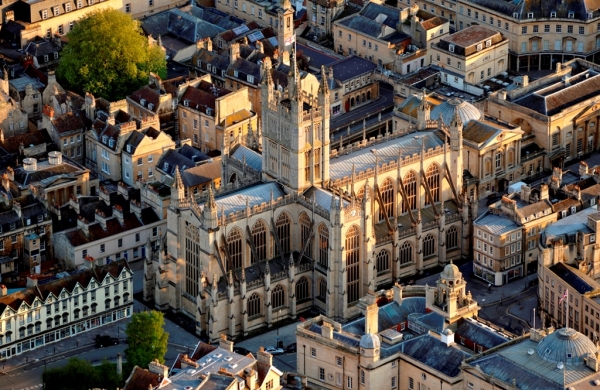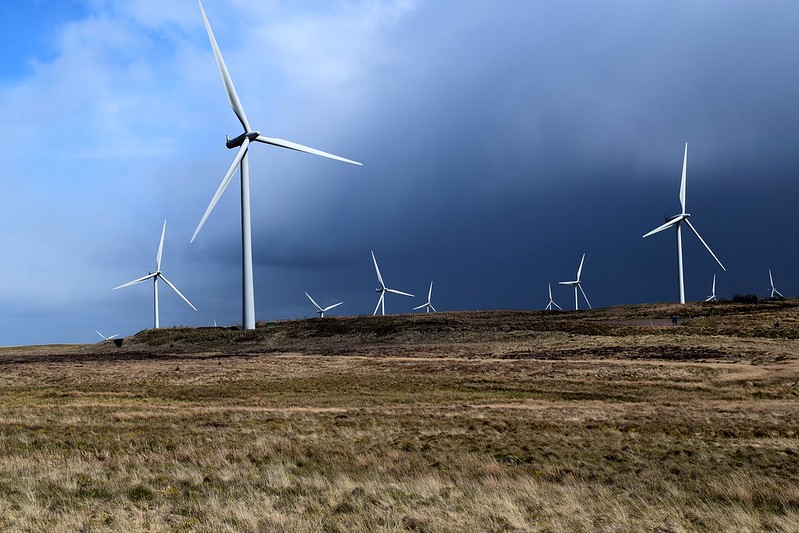World’s First Eco-Heating System to Power Bath Abbey

Following the successful switch-on of the world’s first eco-heating system using Bath’s hot springs, Housing Industry Leaders sits down with Edward Levien, commercial director at isoenergy to learn more.

Edward Levien, isoenergy
A ground heat pump, designed and installed by isoenery, was switched on last week. The pump, which utilises Bath’s famous hot spring waters, will produce enough energy to heat the historic Abbey.
Housing Industry Leaders spoke to Edward Levien, commercial director at isoenergy who designed and installed the heating system.
This heating system, which is a “large part” of the Abbey’s Footprint project Edward explained, will significantly reduce the Abbey’s carbon footprint.

Project Gallery, c. isoenergy
Isoenergy have just finished installing a world-first heat collection system in the Roman Drain beneath York Street, Bath which was the final piece in the puzzle to get the Abbey’s new eco-heating system working.
The work down in the Roman Drain involved installing ten custom-built EnergyBlade heat
exchangers that will collect heat from the thermal spring water that flows through the drain from the Roman Baths and down into the river.
Energy will be extracted from this water to produce enough energy to heat the historic Abbey as well as the adjacent row of Georgian cottages that house the Abbey offices, Song School and volunteer facilities.
Overcoming a challenging environment
Installing this world-first did not come without its challenges. People who were tasked with installing the system had to work in conditions unique to the site. In order to access the great drain to fit the EnergyBlades workers had to go “seven metres down” through a manhole on York Street in Bath.

A worker at the project, c. isoenergy
With temperatures of up to 37 degrees, isoenergy needed to implement short working patterns and safety teams “to cover all eventualities” associated with health and safety risks said Edward.
The switch-on of this pioneering heating system “went without a hitch” Edward explained.
“It was really nice to see something that was dreamt up 6-7 years ago actually come to fruition,” he added.
It was really nice to see something that was dreamt up 6-7 years ago actually come to fruition
Now “a proven concept”, Edward hopes that other spa towns in the UK will consider innovating in such a way to utilise the wasted heat from their spas.
Edward rounded up explaining that heat pumps also work similarly in ‘normal’ temperature waters so in other areas “could take the fundamentals of [this technology] to replicate it elsewhere.”

